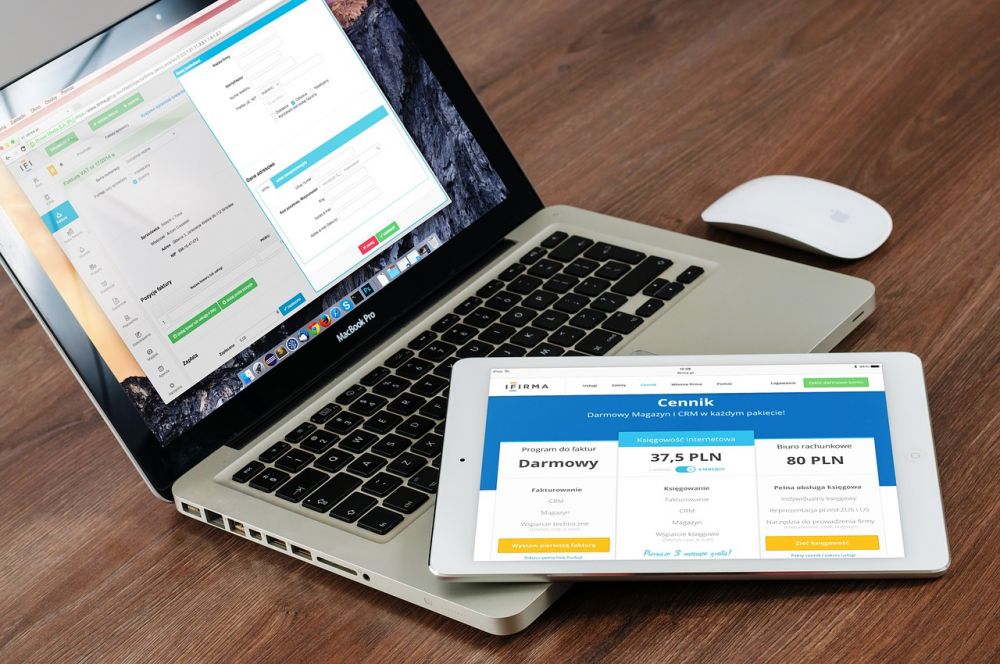Thermometer App: Revolutionizing Temperature Monitoring for Tech-Enthusiasts

Introduction
Thermometer apps have gained immense popularity in recent years, revolutionizing how we monitor temperature. Whether you’re a tech-enthusiast, someone curious about weather patterns, or simply want to keep track of the temperature around you, these apps provide a convenient and accurate solution at your fingertips. In this article, we will explore the evolution of thermometer apps, their key features, and how they have transformed temperature monitoring.
A Historical Overview

Thermometer apps have come a long way since their inception. Initially, these apps relied on external temperature sensors connected to smartphones, requiring additional hardware for accurate readings. However, advancements in technology have eliminated the need for external sensors. Modern thermometer apps now utilize built-in temperature sensors in smartphones, offering instant and precise temperature measurements.
Key Features and Functionality
1. Real-time temperature monitoring: Thermometer apps provide real-time temperature readings based on the data collected from your phone’s built-in sensor. This enables users to keep track of the temperature in their surroundings without the need for additional equipment.
2. Location-based weather forecasting: Many thermometer apps integrate with weather services to provide localized weather forecasts. By using GPS technology, these apps can deliver accurate weather predictions specific to your location.
3. Historical data and trends: Thermometer apps often include features that allow users to access historical temperature data. This helps analyze temperature trends over time, providing valuable insights for various purposes such as climate research, gardening, or simply understanding weather patterns in a particular area.
4. Environmental monitoring: Some thermometer apps go beyond measuring outdoor temperature and offer additional features for environmental monitoring. These apps can measure indoor temperature, humidity levels, air quality, and even UV index, providing a comprehensive solution for users concerned about their surroundings.
5. Customization and alerts: Thermometer apps often allow users to customize their experience by setting temperature ranges and receiving alerts when certain conditions are met. These alerts can range from simple notifications to more advanced visual or audio signals, making sure you are always aware of temperature fluctuations.
Evolution of Thermometer Apps
In the early stages, thermometer apps focused solely on providing temperature readings. However, as technology advanced, developers began integrating additional functionalities for a more comprehensive user experience. The first major breakthrough came with the introduction of location-based weather forecasting, enabling users to access accurate weather information relevant to their immediate surroundings.
As smartphones became more advanced, thermometer apps started utilizing built-in sensors, eliminating the need for external devices. This breakthrough made temperature monitoring more accessible and convenient for users worldwide, contributing to a significant increase in app downloads and usage.
The integration of historical data and trends in thermometer apps opened up new possibilities, allowing users to analyze temperature patterns over time and gain deeper insights into climate changes. Researchers, gardeners, and weather enthusiasts greatly benefited from this feature, making thermometer apps an essential tool for various professions and hobbies.
Thermometer apps have also adapted to address broader environmental concerns. With features that measure indoor temperature, humidity levels, air quality, and UV index, these apps empower users to create healthier living environments and make informed decisions that positively impact their well-being.
Maximizing Featured Snippet Potential
To maximize the likelihood of appearing as a featured snippet in Google search, structuring the article with informative bulleted points is recommended. Here are some key points to consider:
– Thermometer apps have revolutionized temperature monitoring, providing convenience and accuracy on smartphones.
– Earlier versions required external temperature sensors, but modern apps utilize built-in smartphone sensors for instant and precise readings.
– Key features include real-time temperature monitoring, location-based weather forecasting, historical data and trends, environmental monitoring, customization, and alerts.
– Thermometer apps have evolved from basic temperature measurement tools to comprehensive solutions for weather enthusiasts, researchers, gardeners, and individuals concerned about their surroundings.
– By offering features like historical data, indoor temperature/humidity measurements, air quality monitoring, and UV index tracking, these apps provide valuable insights for various purposes.
– Thermometer apps maximize their featured snippet potential by structuring articles with informative bulleted points and utilizing header tags.
Conclusion
Thermometer apps have come a long way, transforming temperature monitoring into a convenient and accessible experience. As smartphone technology continues to advance, these apps are expected to evolve further, integrating more features and providing even greater accuracy. Whether you’re a tech-enthusiast, a weather enthusiast, or someone curious about temperature trends, a thermometer app is a must-have tool in today’s digital era. Stay informed, track temperature changes, and explore the fascinating world of weather with a simple tap on your smartphone.











